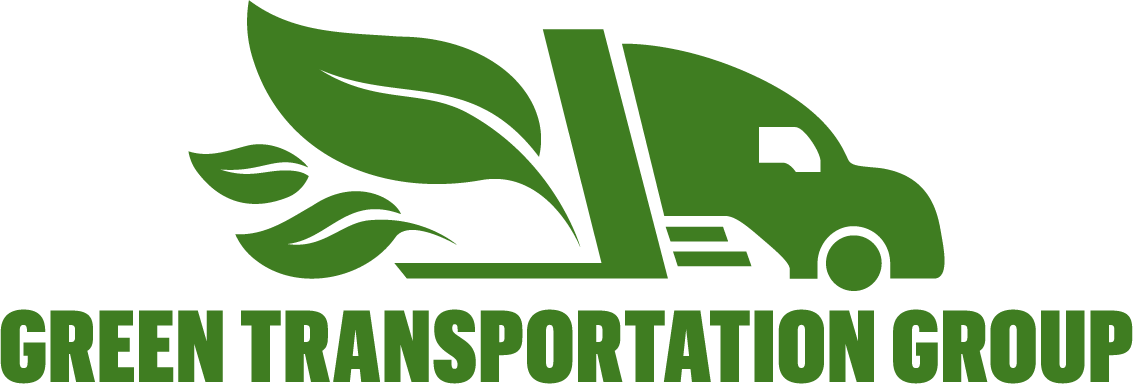California faces very challenging mandates to reduce air pollutants to protect public health and to meet state climate change targets including:
- Federal health-based ambient air quality standards (key dates in 2023 and 2031)
- 40% reduction in greenhouse gases (GHG) by 2030;
- 80% reduction in GHGs by 2050; and
- 50% reduction in petroleum use by 2030
What is the Advanced Clean Truck Regulation?
The Advanced Clean Truck Regulation is part of a holistic approach to accelerate a large-scale transition of zero-emission medium-and heavy-duty vehicles from Class 2b to Class 8. The regulation has two components including a manufacturer sales requirement, and a reporting requirement:
- Zero-emission truck sales: Manufacturers who certify Class 2b-8 chassis or complete vehicles with combustion engines would be required to sell zero-emission trucks as an increasing percentage of their annual California sales from 2024 to 2035. By 2035, zero-emission truck/chassis sales would need to be 55% of Class 2b – 3 truck sales, 75% of Class 4 – 8 straight truck sales, and 40% of truck tractor sales.
- Company and fleet reporting: Large employers including retailers, manufacturers, brokers and others are required to report information about shipments and shuttle services. Fleet owners, with 50 or more trucks, are required to report about their existing fleet operations. This information will help identify future strategies to ensure that fleets purchase available zero-emission trucks and place them in service where suitable to meet their needs.
“The drivers love ’em,” says Bill Bliem, who oversees truck fleets for NFI. “They have nothing but great things to say about them — how quiet they are, how, you know, they don’t come home smelling like diesel.”
For more information, visit CA’s website on Advanced Clean Trucks



Leave a Reply